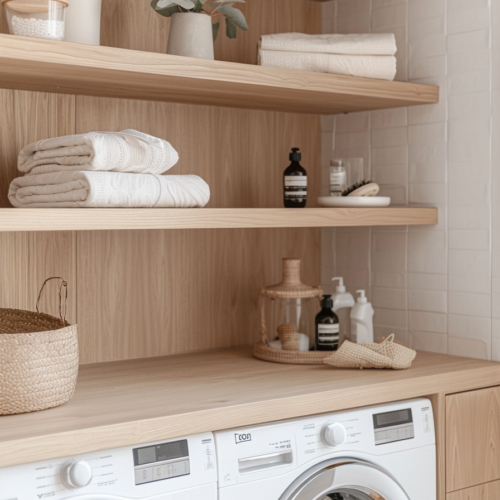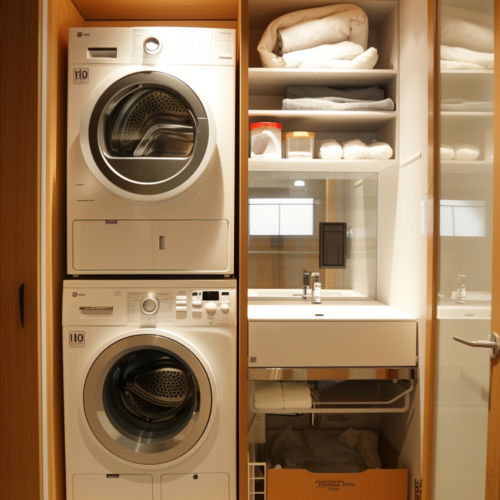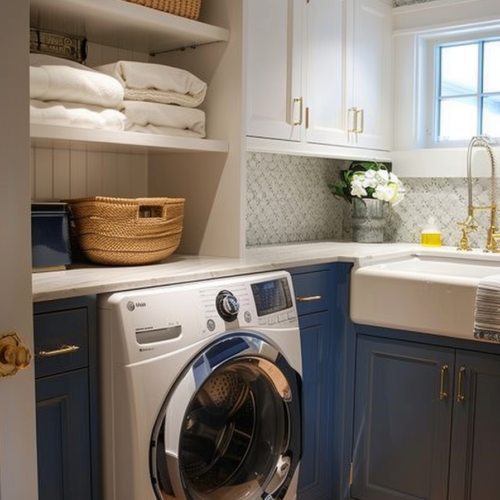Hanging plants can add beauty and personality to any indoor space. However, caring for and accessing hanging plants for watering or maintenance can be challenging, especially if they are hung high or clustered closely together. This is where utilizing a pulley system can make all the difference.
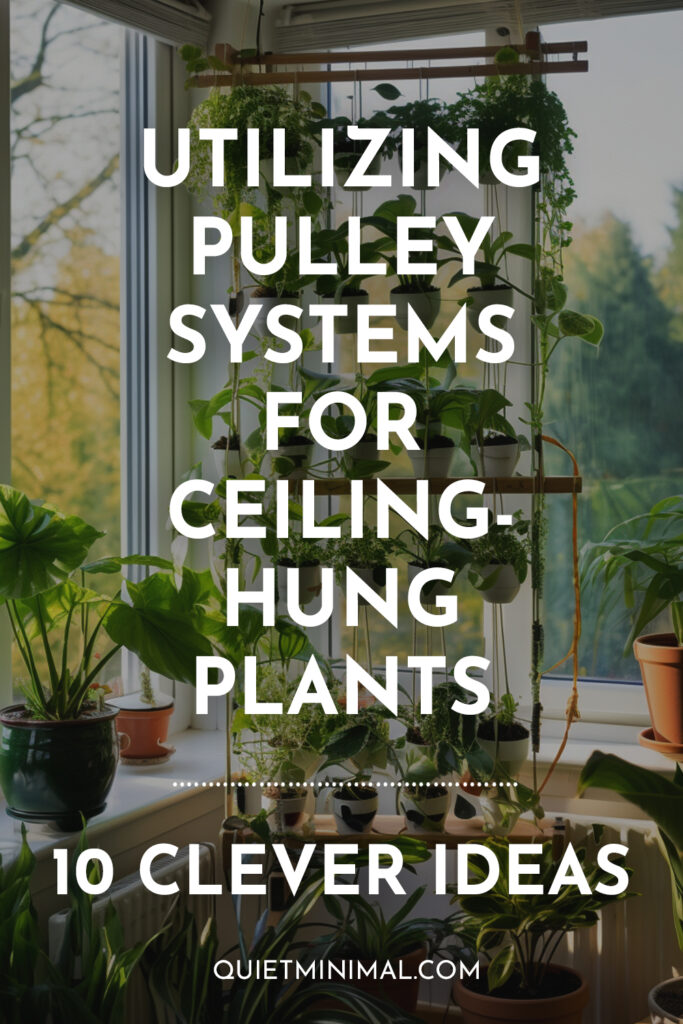
Select Appropriate Hardware
The starting point for setting up any pulley system is selecting the right hardware. Consider getting an industrial-strength pulley designed specifically for hanging plants rather than makeshift or lightweight consumer versions. Look for pulleys made of thick, sturdy materials like steel that can reliably hold substantial weight over time.
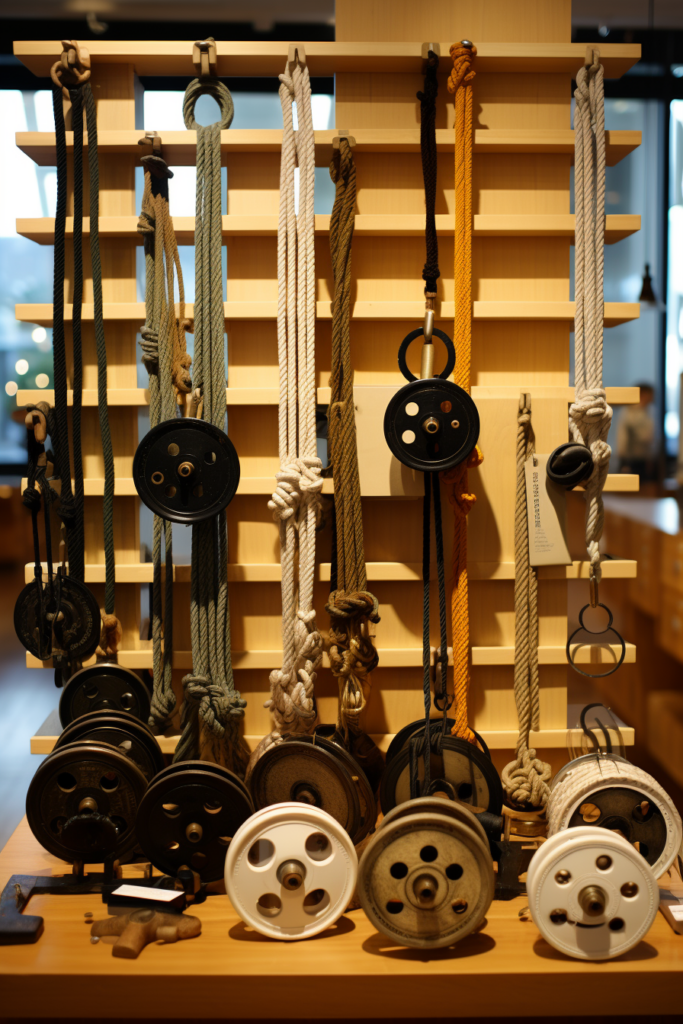
You’ll also need appropriately weight-rated cables or ropes to thread through the pulley system. Avoid lightweight twines and aim for braided or twisted synthetic cables that can endure friction and weight without fraying over months or years of use. Measure carefully and purchase enough cable to allow raising and lowering plants across the full height you intend without excess slack.
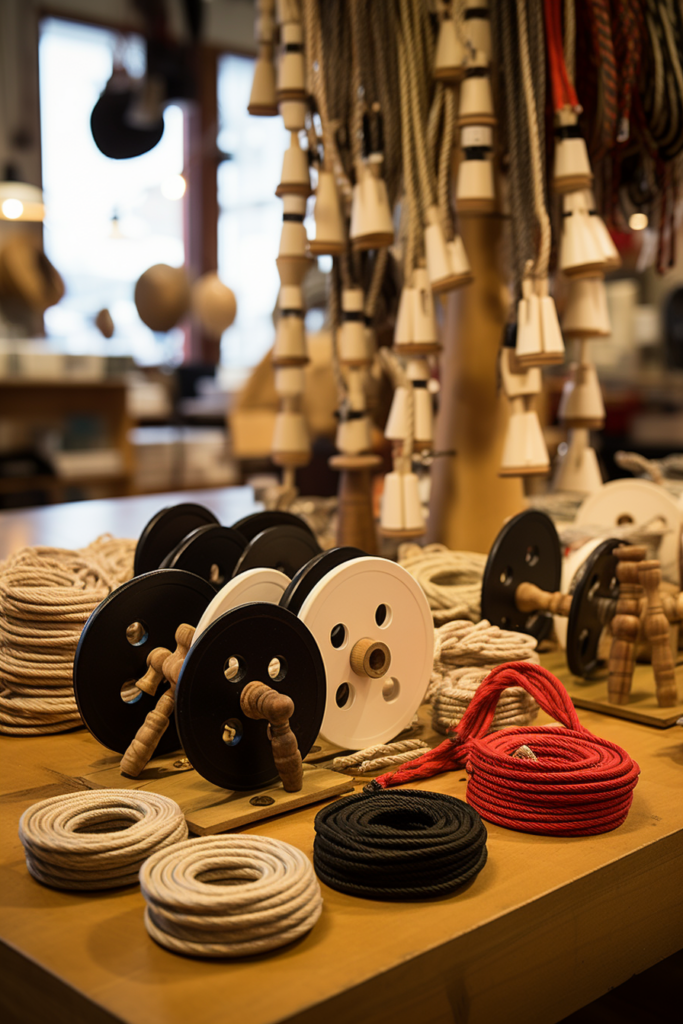
Don’t forget to secure fasteners to anchor overhead beams, hooks, eye bolts, carabiners, and any other hardware connecting the pulley mechanism to the ceiling or wall.
Weight ratings should substantially exceed the total expected weight, and all fasteners should be installed directly to structural framing for maximum safety and integrity.
Key Idea: Purchase heavy-duty pulleys and hardware designed for reliability and weight capacity over consumer versions.
Design With Multiple Sections
When designing your pulley system, think in sections. Rather than one long, continuous rope that clusters all plants together, utilize multiple pulley sections that can operate independently. This allows you to raise and lower one section of plants without affecting others nearby.
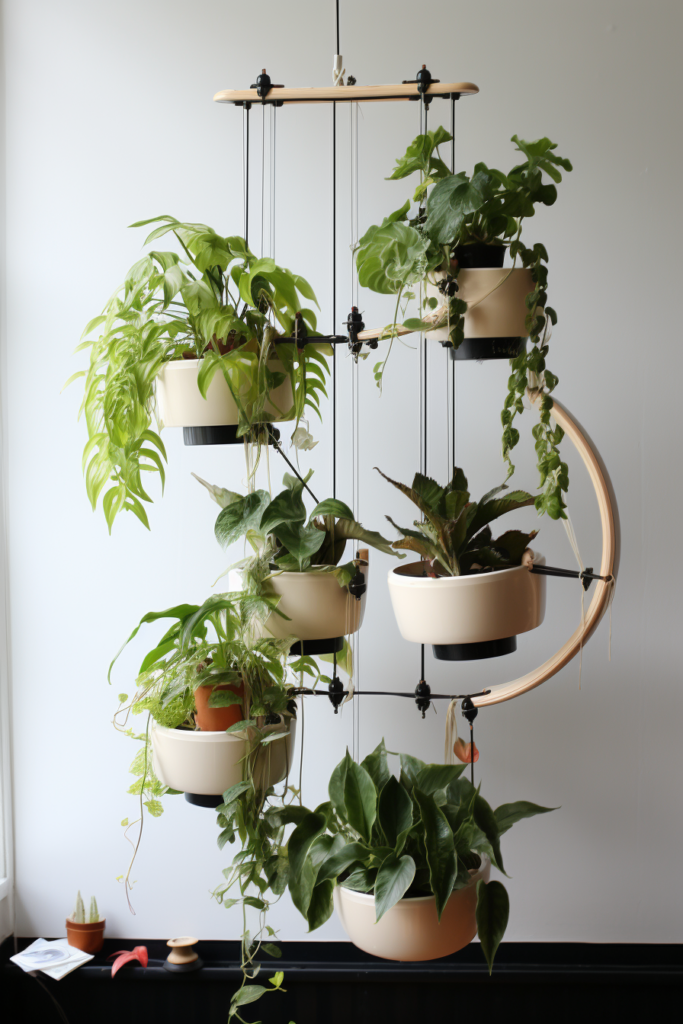
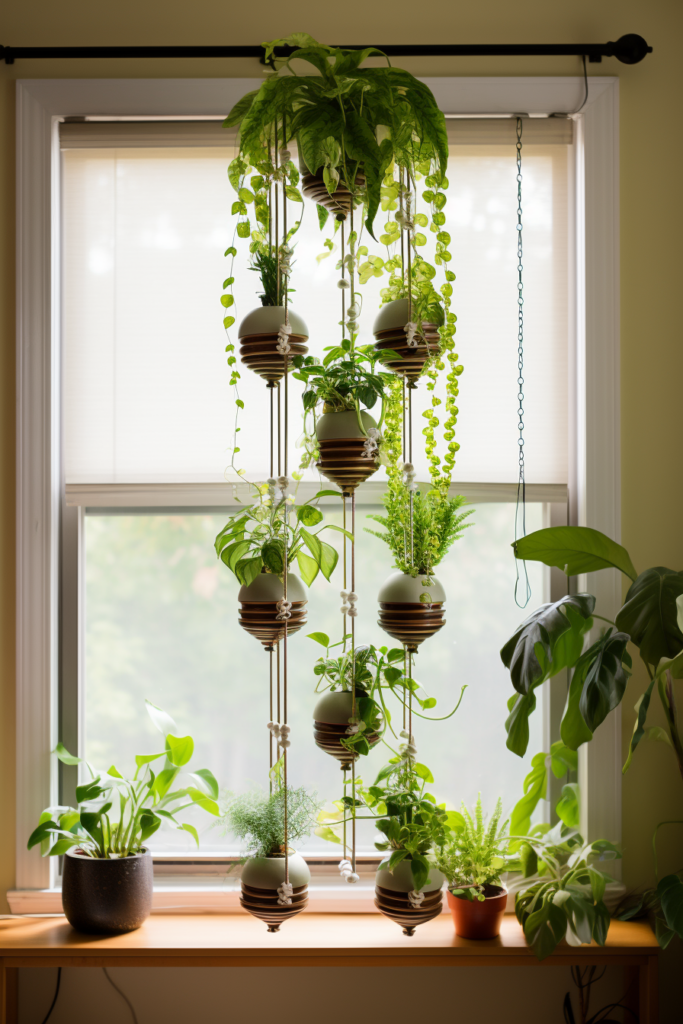
A sectioned design also allows mixing and matching plant groupings that have similar light or irrigation needs. For example, keep succulents that require less frequent watering on separate pulley sections from tropical varieties needing more moisture. Sections can be staggered at different heights to meet unique lighting needs as well.
Just be sure to space sections appropriately side-to-side and allow adequate clearance front-to-back, so plants have growing room and don’t become tangled as sections are raised and lowered.
Key Idea: Use multiple independent pulley sections rather than one continuous system to allow customization.
Carefully Measure Ceiling Attachment Points
Perhaps the most important design step is mapping out precise attachment points for each pulley, hook, eye bolt, and other ceiling hardware. Measure the overhead space carefully, accounting for beams, lights, ductwork, or any other obstructions.
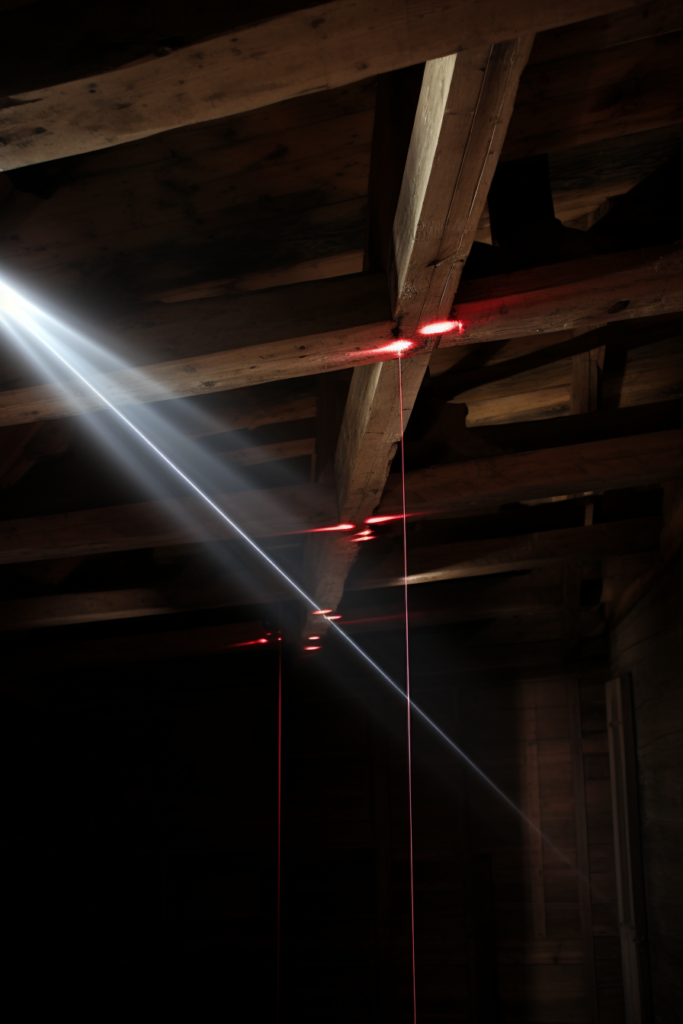
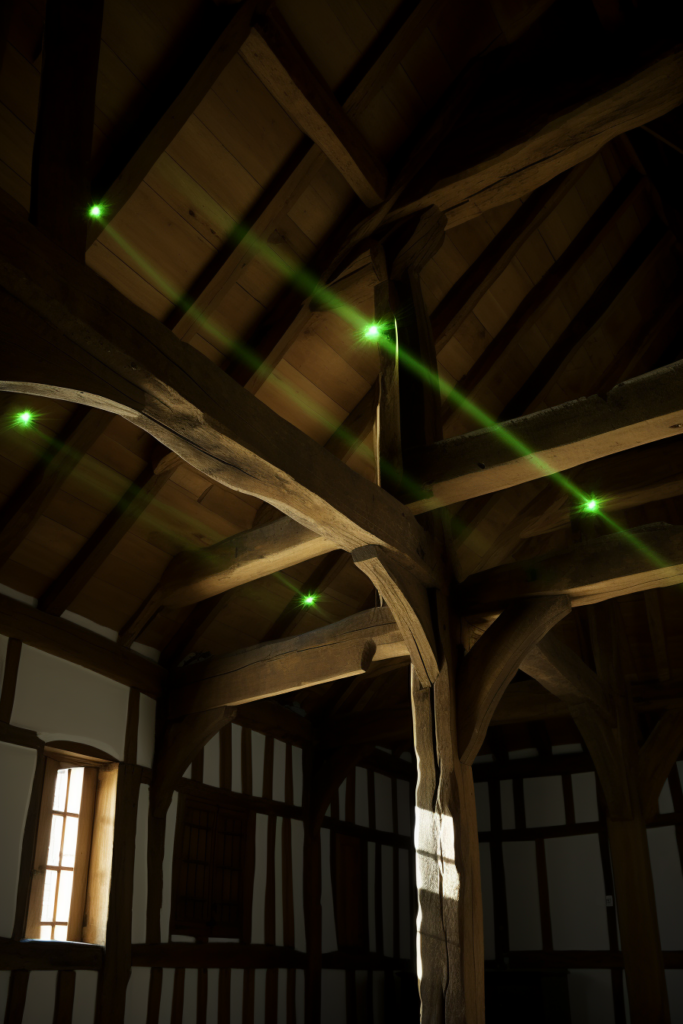
Mark attachment points in locations with adequate structural support for the system’s total weight. Avoid connecting hardware to drywall alone or in awkward, off-center spots that could affect smooth raising and lowering. Install directly to ceiling joists, robust cross beams, or decorative hangers with appropriate fasteners.
You may need to get creative in positioning the pulley layout to work with available attachment points and hardware limitations. But putting in this planning upfront ensures reliable function down the road.
Key Idea: Meticulously measure and map overhead attachment points to ensure robust support.
Test Weight Capacity Before Installing
A reliable pulley system needs to safely handle the full weight of mature plants, pots, soil, and any decorative hanging elements over the long term. Before permanently installing, test weight capacity once hardware choices are finalized.
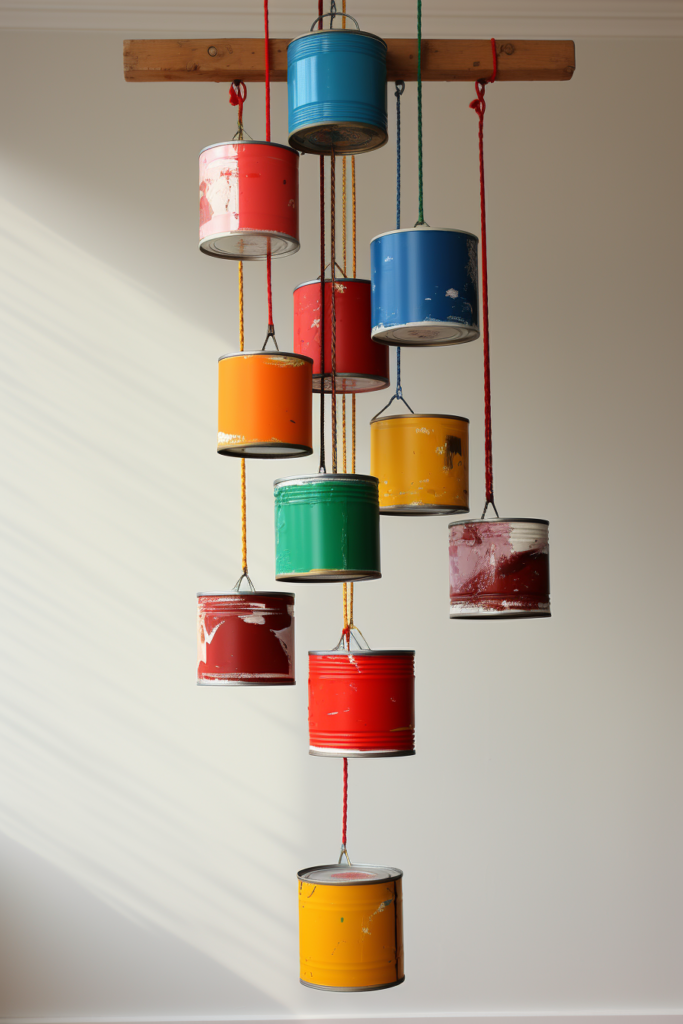
Hang sample weights from cables and hooks to simulate the total expected system weight. Slowly raise and lower sections while assessing if any components bend, deform, or show signs of mechanical fatigue. Listen for worrisome creaks or groans at connection points.
This is much easier to address before mounting things overhead. Reinforce as needed, then re-test until satisfied the system can operate smoothly even when plants reach full growth. This step takes a bit more time upfront but prevents headaches down the road.
Key Idea: Test the assembled components with simulated weights before installing overhead.
Add Lift Assistance Features
Depending on the height, number of sections, and total weight, manually raising and lowering the pulley system could become strenuous over time. Adding features to assist lifting can vastly improve long-term functionality and accessibility.
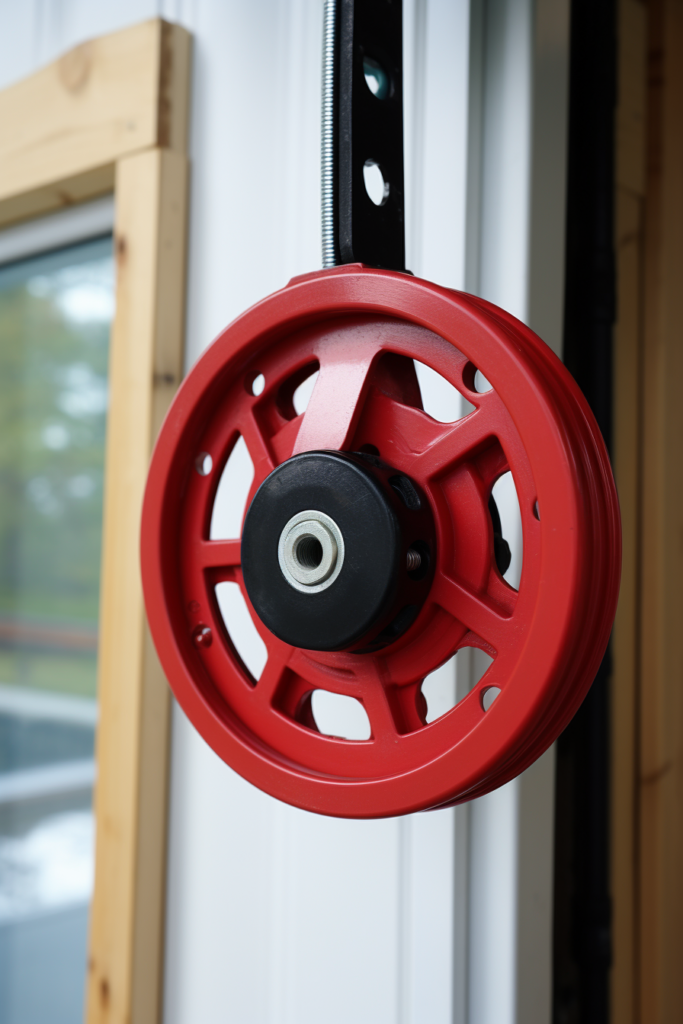
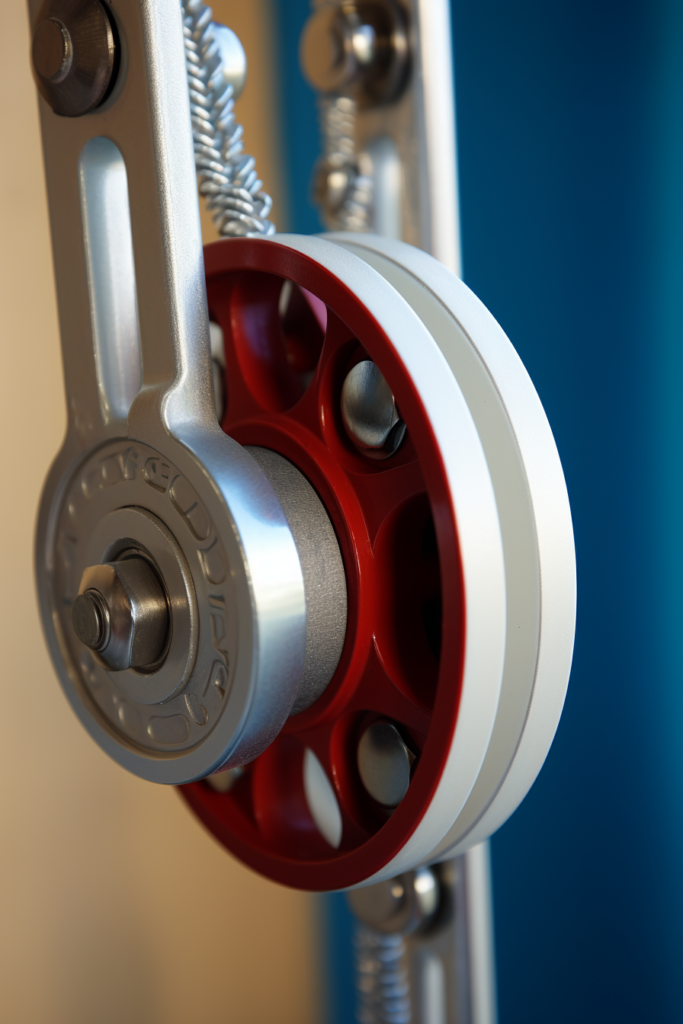
Some industrial-grade pulley systems have integrated crank handles to mechanically gain leverage when raising and lowering. These operate much like window blinds, taking physical effort out of the equation.
Alternatively, purchase counterweight bags that attach to the cable ends. These can offset approximately half the weight, with the user only needing to lift or guide the remaining portion by hand. The ease of operation makes accessing plants for watering or pruning far more manageable.
Key Idea: Alleviate the physical strain with integrated handles or counterweights for assisted lifting.
Allow Customized Plant Positioning
The beauty of a sectioned pulley system is fully customizable positioning as plants grow. What starts as compact starter plants can expand over a season or more into larger root balls and foliage needing more physical space.
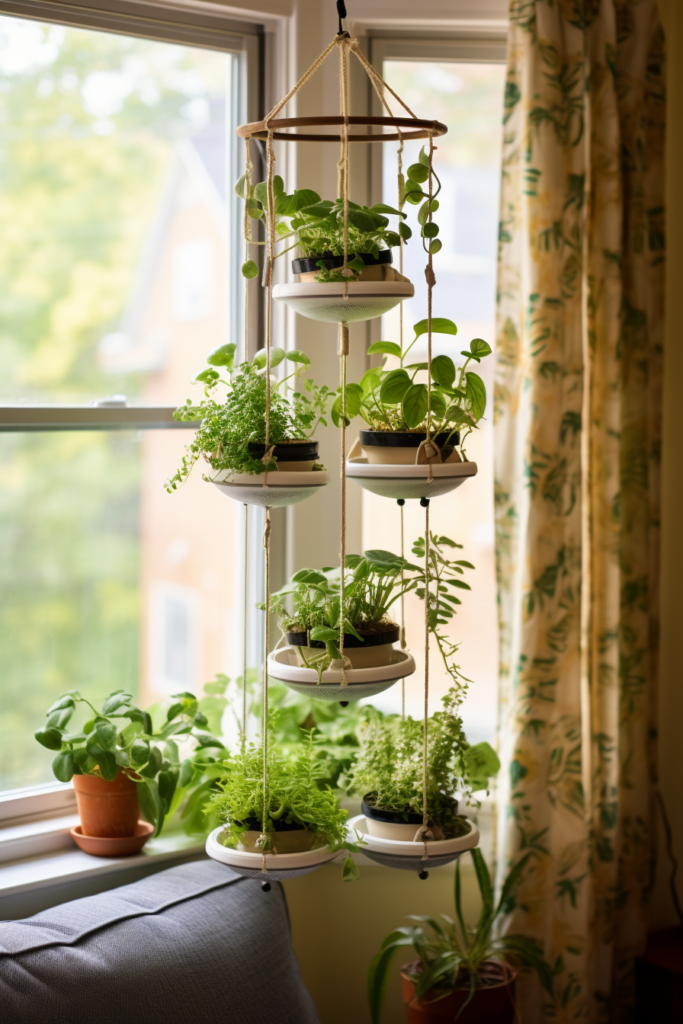
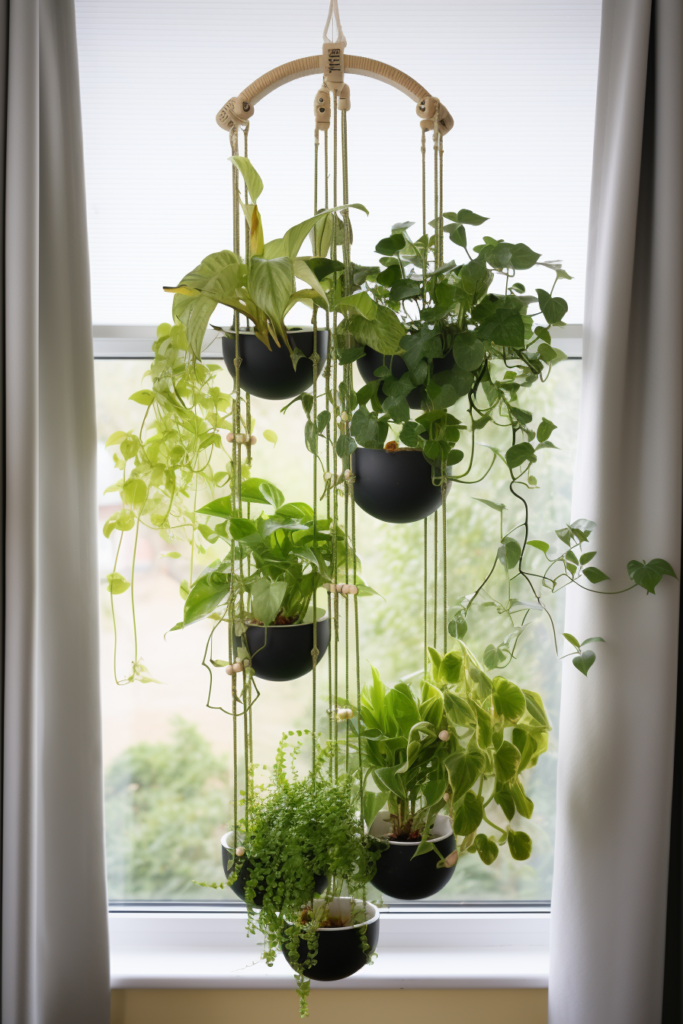
With independent pulley sections, reconfiguring height, spacing and location is simple. Lower sections to rearrange plant groupings or lift sections higher to allow more growing room below. Accommodate larger pots by replacing or upgrading hanging hooks and hardware as needed over time.
Don’t lock yourself into one rigid overhead arrangement. Expect to make ongoing adjustments as plants mature for both aesthetic and functional reasons down the road.
Key Idea: Expect to periodically reposition pulley sections to accommodate plant growth over time.
Water and Tend Plants at Optimal Heights
A key advantage of adjustable-height pulley systems is lowering sections as needed for convenient access. This avoids tricky overhead watering maneuvers, straining high above your head, or precariously leaning ladders.
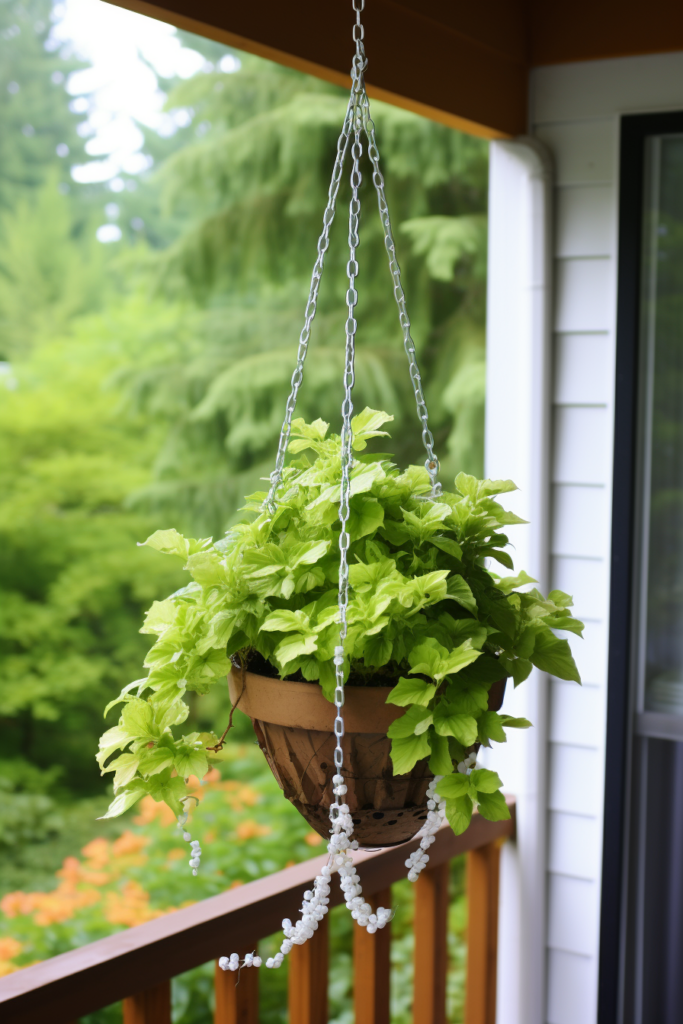
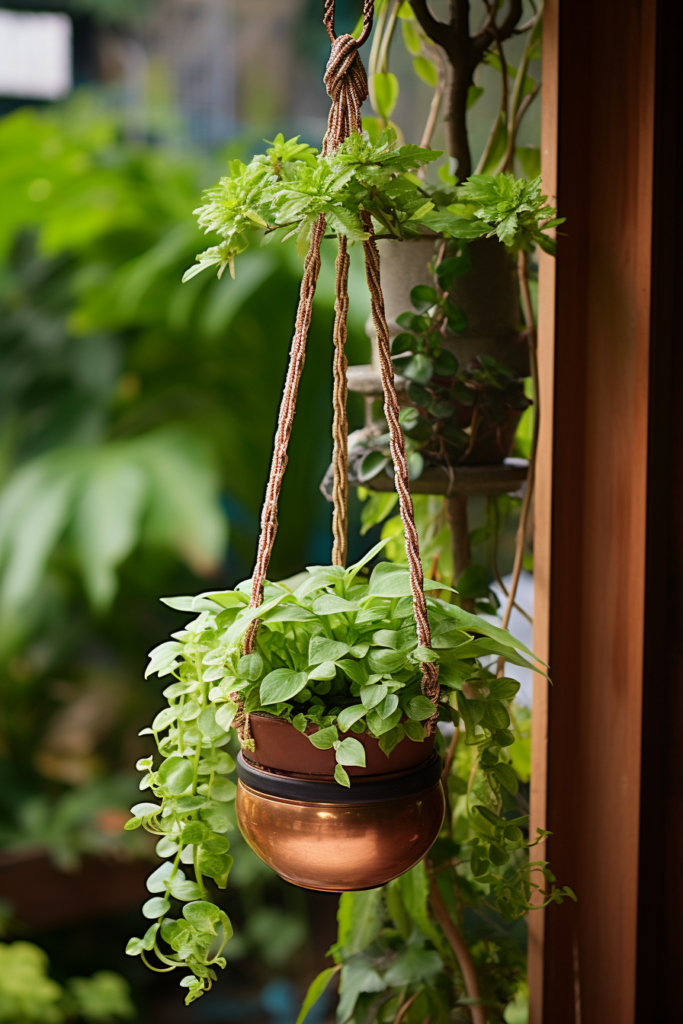
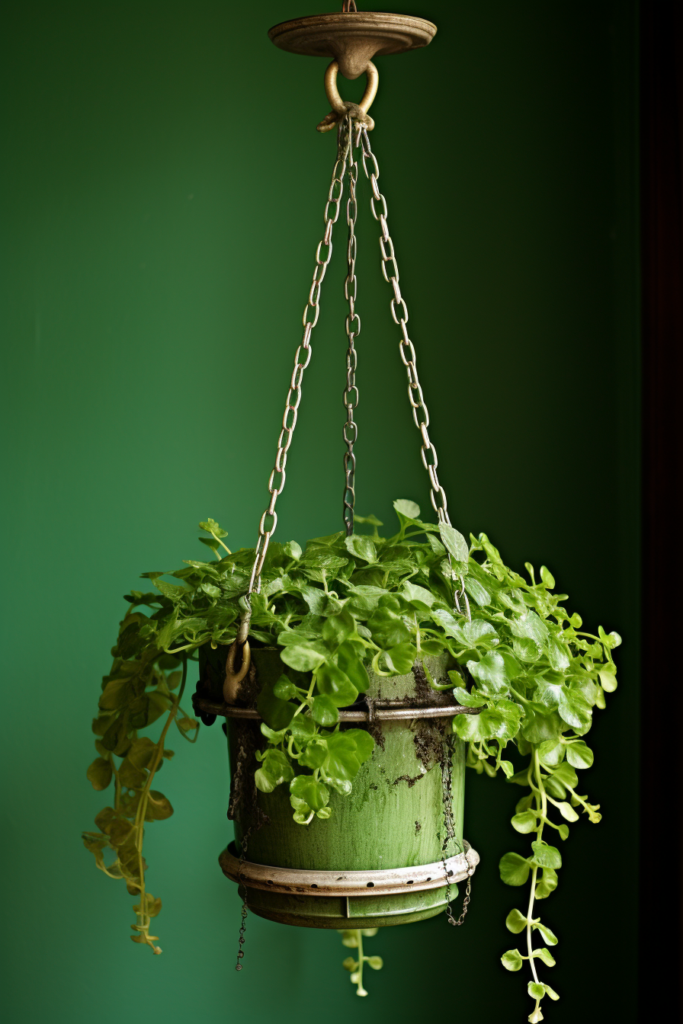
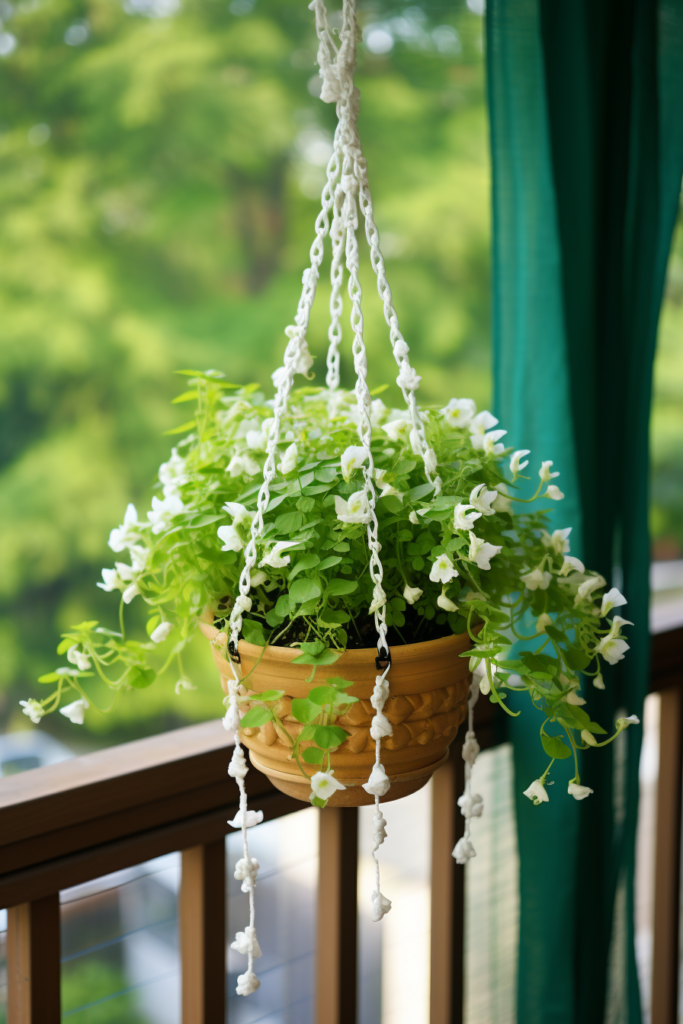
When it’s time for plant care or maintenance, simply lower each section to your ideal working height for easy access. Water thoroughly, prune away dead leaves, wipe dust from foliage, or tend to any plant needs up close.
Raising sections high again keeps trailing vines or decorative elements tidy and off the floor while allowing ample sunlight exposure for healthy growth. This adjustability makes consistent plant care far simpler in the long term.
Key Idea: Lower sections temporarily to your ideal working height for convenient plant access as needed.
Consider Electrical System Integrations
If installing a new overhead plant display, take the opportunity to incorporate electrical components like lighting or irrigation. Wiring these systems into the framework early on means plants can thrive with automated assistance.
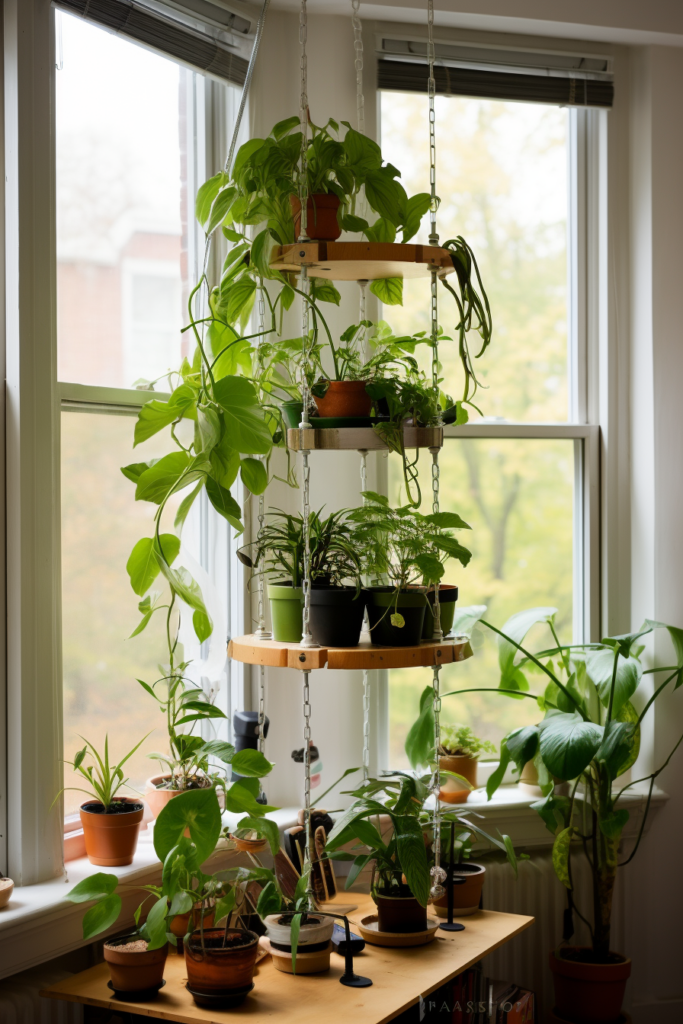
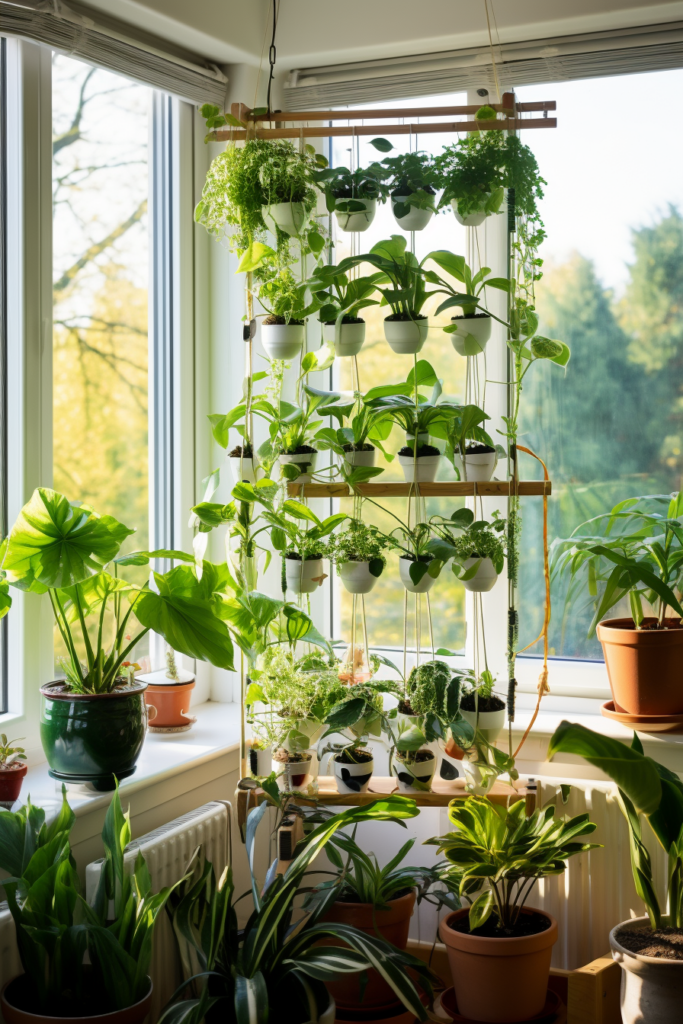
LED track lighting around the perimeter focuses useful growth spectrum illumination right where plants need it. Integrated drip irrigation with timers or soil moisture sensors means you can vacation worry-free, knowing plants receive consistent watering.
Consider running low-voltage wiring to support features like bloom-boosting LEDs or even specialty features like ultrasonic misters. It is better to wire in upgrades now rather than attempting to integrate electrically later.
Key Idea: Look for opportunities to install supportive lighting, automated watering, or other electrical features from the outset.
Maintain Materials and Components
To keep your pulley system functioning smoothly season after season, perform regular maintenance inspections and upkeep. Oil external mechanisms annually use lightweight machine oil that is safe for indoor use. Check for signs of wear on cables, fraying on ropes, or mechanical fatigue on bearings or hooks.
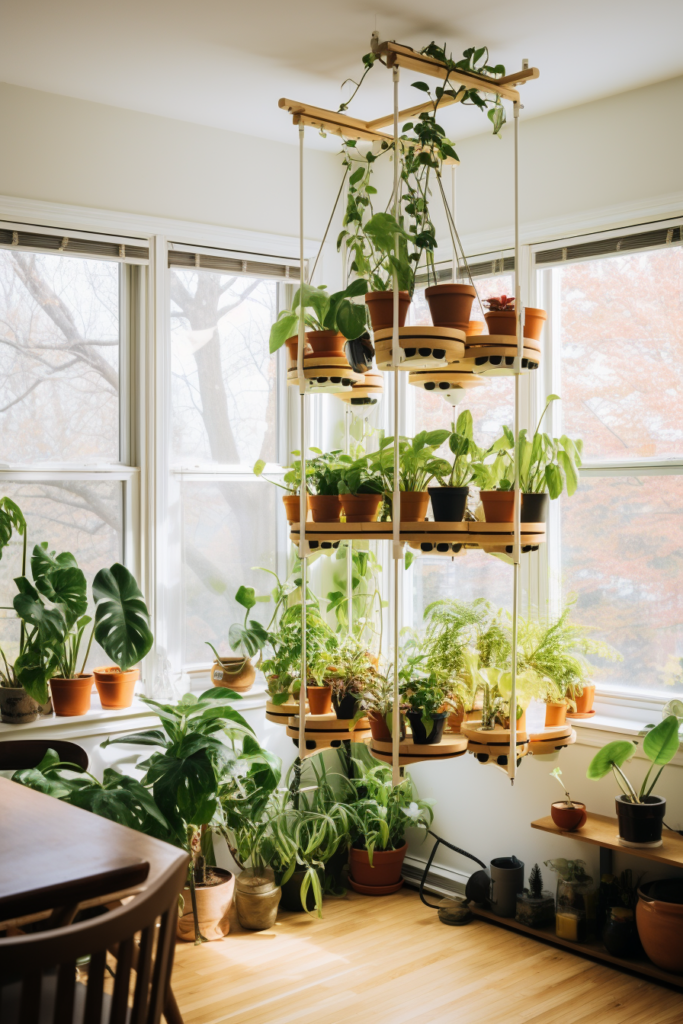
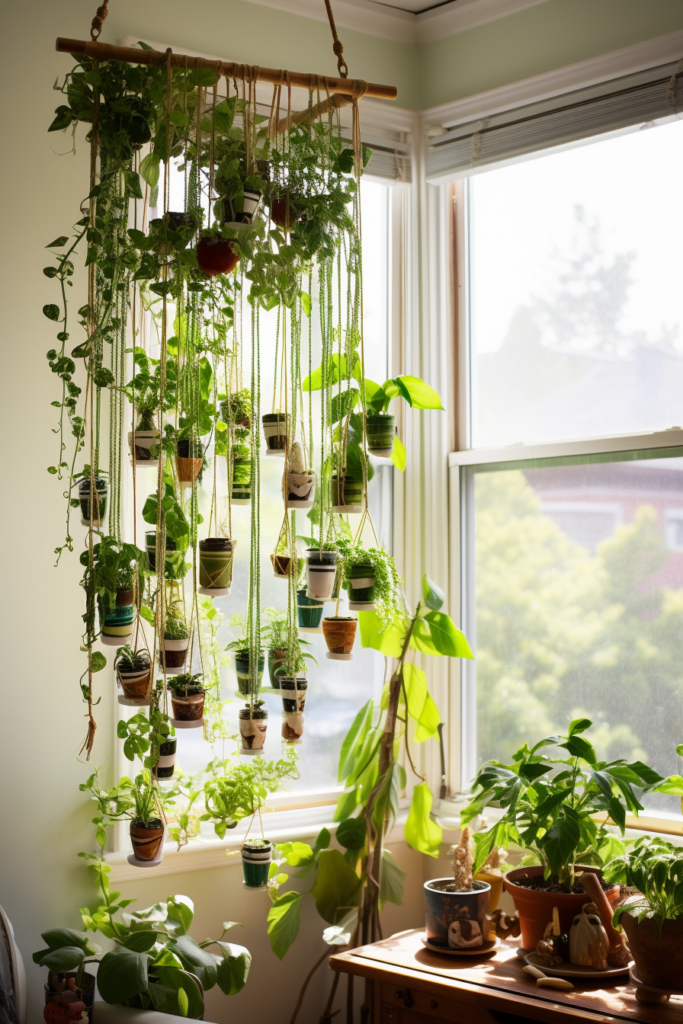
Ensure hooks remain securely fastened to ceiling joints, and watch for any loosening over time. Confirm eye bolts and fasteners stay snugly tightened rather than rattling loose. Replace any failing components immediately to prevent safety issues down the road.
With periodic inspections and minor upkeep, a robust pulley system should operate reliably for many years, supporting gorgeous hanging gardens!
Key Idea: Conduct annual maintenance checks and upkeep to prevent premature wear and ensure lasting functionality.
Conclusion
Installing an adjustable multi-section pulley system takes thoughtful planning and quality hardware selections upfront. But the benefits over the long haul of customized plant positioning, reliable accessibility, and convenient caretaking make the effort worthwhile.
Follow these tips for smooth installation and keep your system well-maintained for many seasons of stunning suspended greenery to enjoy!
Meta description: Learn how to install heavy-duty plant pulley systems, allowing adjustable height sections for convenient watering, easy maintenance, and customized layouts over time.
Follow Quiet Minimal on Pinterest for more home design tips and inspiration.
